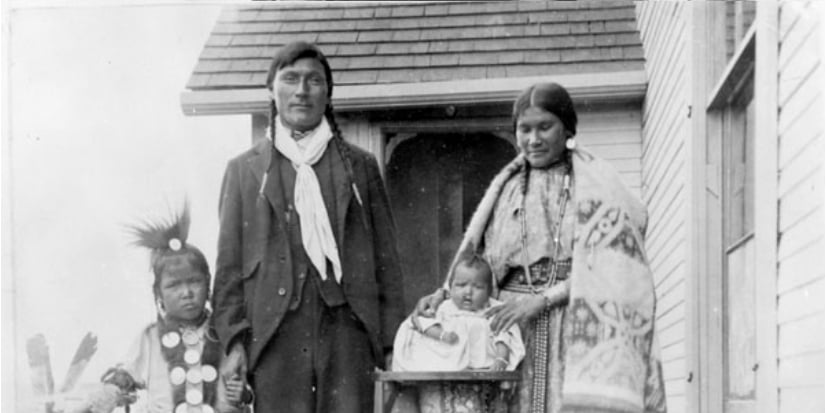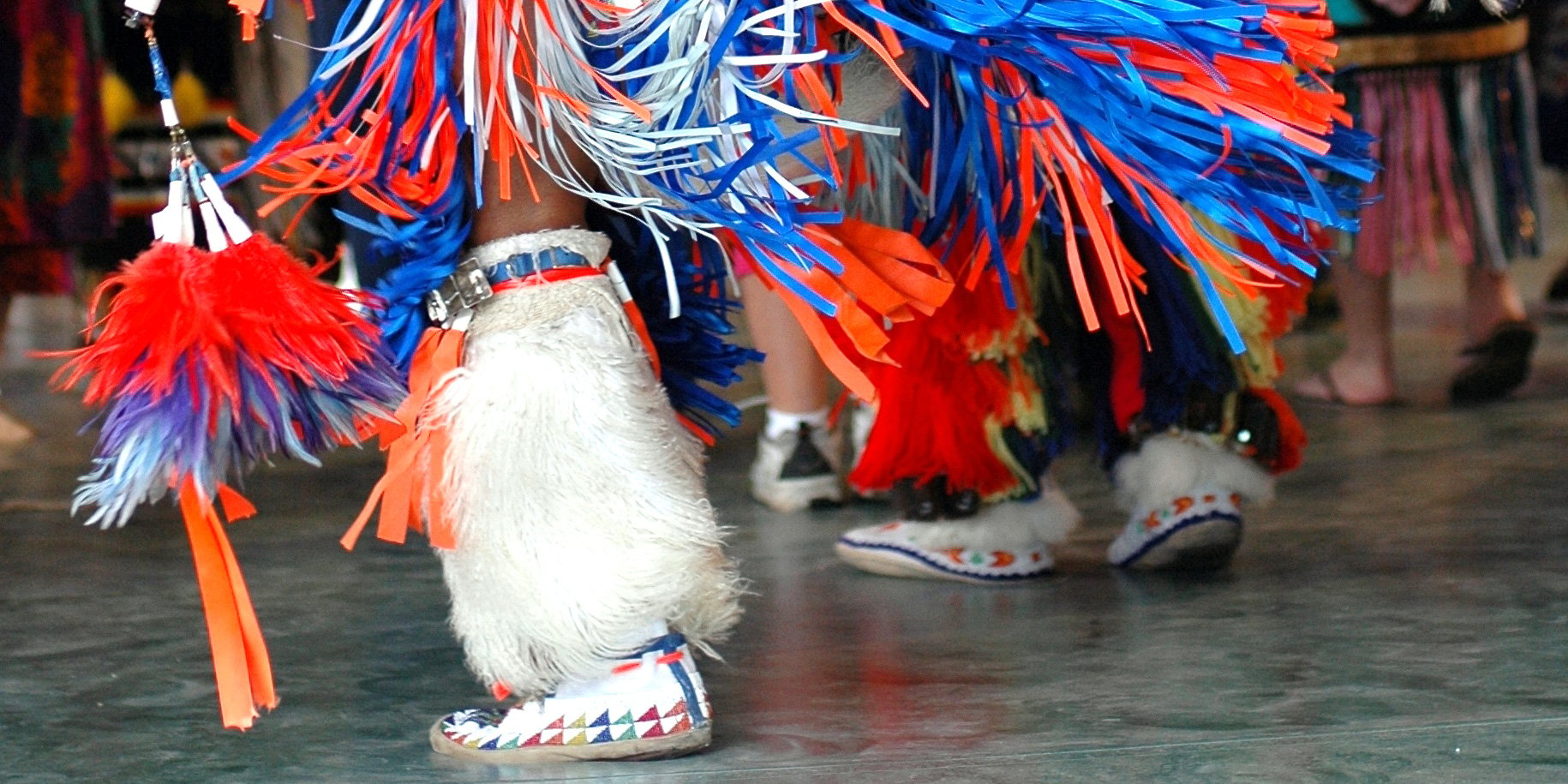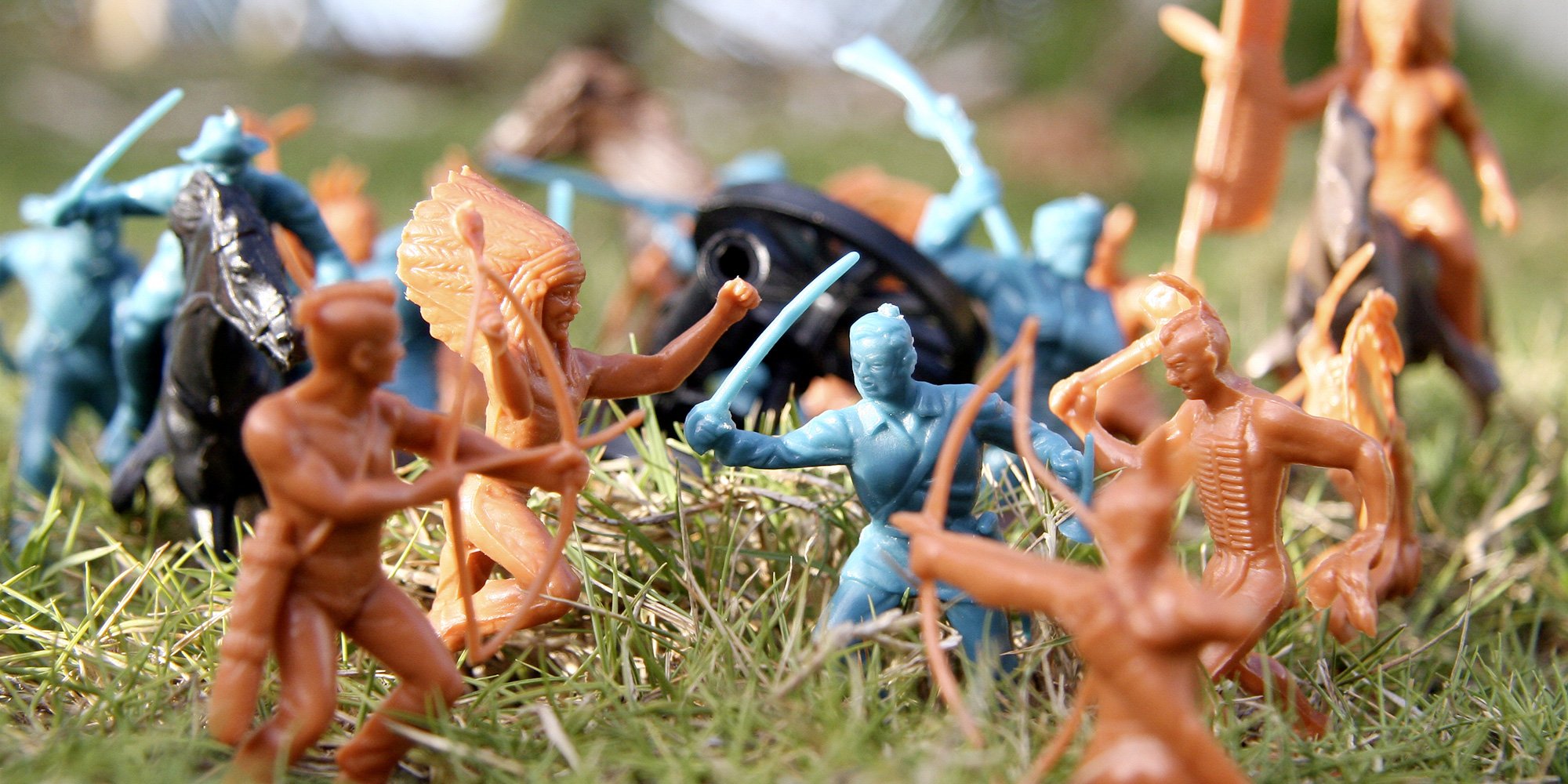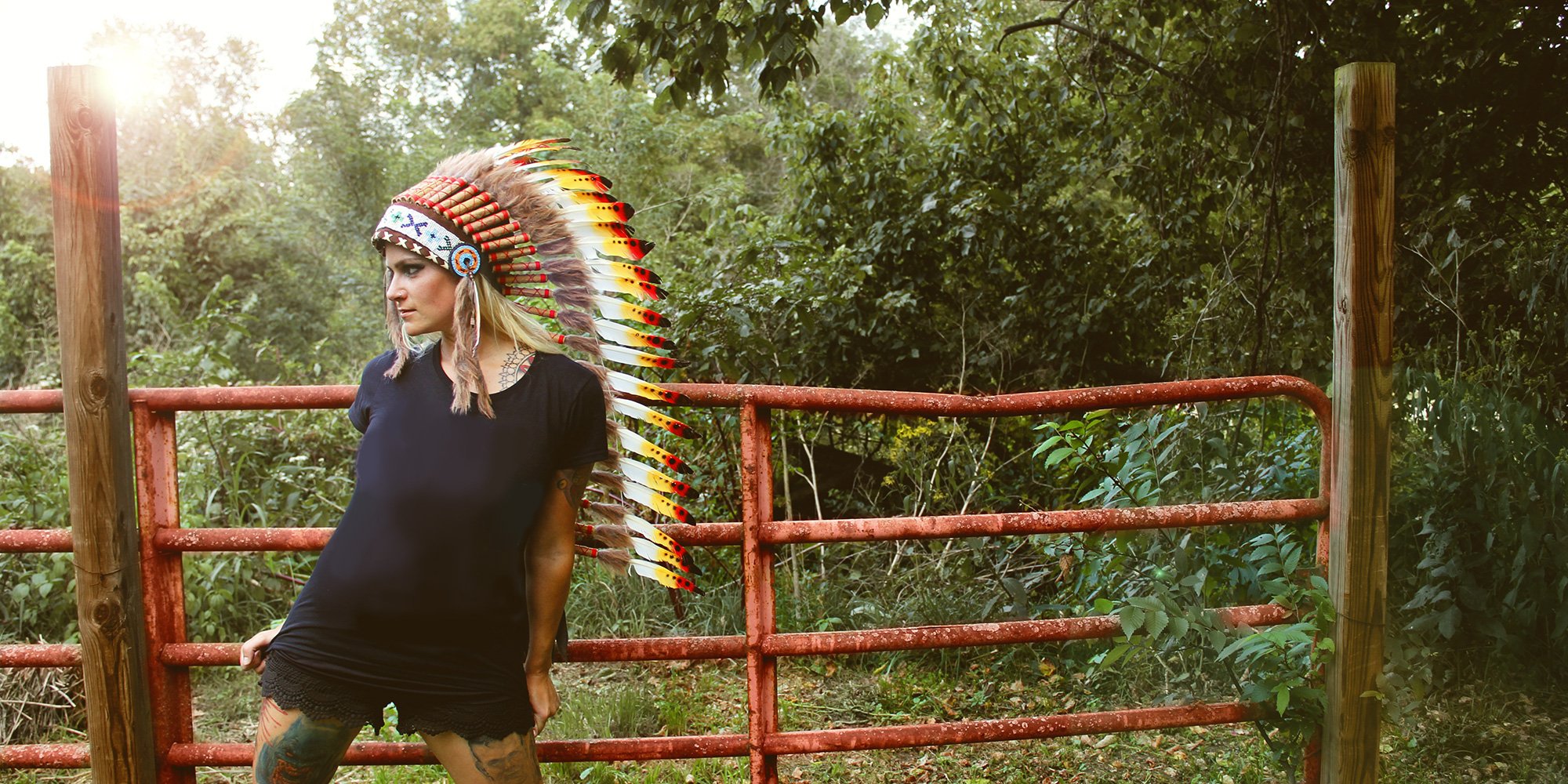National Indigenous History Month - Why It’s Important
June is National Indigenous History Month - a time for all Canadians - Indigenous, non-Indigenous and newcomers - to reflect upon and learn the...

A widely held belief about Indigenous Peoples is that they were primitive cultures living in primitive conditions at the time of the arrival of Christopher Columbus (1492).
Dictionaries define “primitive” as being of an early age, crude, simple, little evolved, unsophisticated, or produced by a people or culture that is non-industrial, often non-literate, and tribal. These definitions of primitive suggest that Indigenous Peoples lived in undeveloped, simple, and unsophisticated societies at the time of Columbus’ arrival to the Americas.
This portrayal of Indigenous Peoples as primitive was furthered with the language of the early versions of the Indian Act:
The term “person” means an individual other than an Indian unless the context clearly requires another construction. [1]
The belief did not end with the 1951 revisions of the Indian Act. As recently as 1991, Chief Justice Allan McEachern in his infamous judgement in Delgamuukw v. British Columbia in which he dismissed the role of oral history in establishing Indigenous title (later overturned in 1997), opined:
Similarly, it would not be accurate to assume that even pre-contact existence in the territory was in the least bit idyllic. The plaintiffs' ancestors had no written language, no horses or wheeled vehicles, slavery and starvation was not uncommon, wars with neighbouring peoples were common, and there is no doubt, to quote Hobbs, that aboriginal life in the territory was, at best, "nasty, brutish and short". [2] [emphasis added]
The “nasty, brutish and short” quote is from The Leviathan, written in 1651 by English political philosopher Thomas Hobbes, whose views included the necessity of government and society:
No arts; no letters; no society; and which is worst of all, continual fear, and danger of violent death: and the life of man, solitary, poor, nasty, brutish and short.
-2.png?width=300&name=Maslow%20triangle%20(1)-2.png) Chief Justice McEachern was apparently unaware that many Indigenous cultures were so sophisticated they were able to fulfil the first two tiers of American psychologist Abraham Maslow’s Hierarchy of Needs in just nine weeks. The first two tiers are physiological needs (air, water, food, shelter, sleep, clothing, reproduction) and safety needs (personal security, employment, resources, health, property). Having satisfied the first two tiers, some Indigenous cultures were able to devote the rest of their time to developing their protocols, traditions and art and some did winter activities such as potlatching, for months at a time during the winter.
Chief Justice McEachern was apparently unaware that many Indigenous cultures were so sophisticated they were able to fulfil the first two tiers of American psychologist Abraham Maslow’s Hierarchy of Needs in just nine weeks. The first two tiers are physiological needs (air, water, food, shelter, sleep, clothing, reproduction) and safety needs (personal security, employment, resources, health, property). Having satisfied the first two tiers, some Indigenous cultures were able to devote the rest of their time to developing their protocols, traditions and art and some did winter activities such as potlatching, for months at a time during the winter.
I was excited to recently learn that Mr. Maslow’s hierarchy of needs was greatly influenced by the six weeks he spent with the Blackfoot people in 1938:
“Naamitapiikoan” was the name given to Maslow during his six-week stay at Siksika (Blackfoot Reserve) in the summer of 1938. This visit completely changed his perspective on human motivation, resulting within a decade in the development of his hierarchy of needs, his notion of self-actualization, and his theories of organizational synergy. His knowledge gathered from Siksika has shaped the disciplines of psychology, education, business, and management as we know them today. [3]
Let’s take a closer look at “no written language . . . or wheeled vehicles” in the above quote.
More specifically, it has been suggested that cultures without wheels or written languages, were often considered primitive. This is another example of an ethnocentric view of what constitutes a primitive culture. In what has become Canada, the utility of a wheel was significantly limited by topography. In some parts of Canada, it would have been almost impossible to roll one wheel by itself, let alone two side by side on an axle. Indigenous Peoples had other methods of travel that better suited the topography, such as birch bark or cedar dugout canoes or kayaks... efficient methods of travel that were quickly adopted by European settlers. [4]
I hope this article provides some “food for thought” should you be involved in a conversation about “primitive” cultures in Canada.
[1] An Act to Amend and Consolidate the Laws Respecting Indians (Indian Act), 1876, Terms 3.12
[2] Delgamuukw v. British Columbia, 1991 CanLII 2372 (BC SC) PART 2. THE CLAIM AND THE TERRITORY: AN OUTLINE
[3] Blackfoot worldview and influence on Abraham Maslow Ryan Heavy Head and Narcisse Blood
[4] Bob Joseph & Cynthia F. Joseph, Working Effectively with Indigenous Peoples®, 4th edition, Indigenous Relations Press, 2017 p 4-5
Featured photo: Family. Blackfoot Reserve, AB. Canada. Dept. of Interior / Library and Archives Canada / PA-040714

June is National Indigenous History Month - a time for all Canadians - Indigenous, non-Indigenous and newcomers - to reflect upon and learn the...

What are iconic images to some are considered stereotypical, generic, ignorant and insulting to others. When it comes to the masses, stereotypical...

Randomly plucking “popularized” images of a marginalized culture for entertainment or profit without respect for or an understanding of the culture...